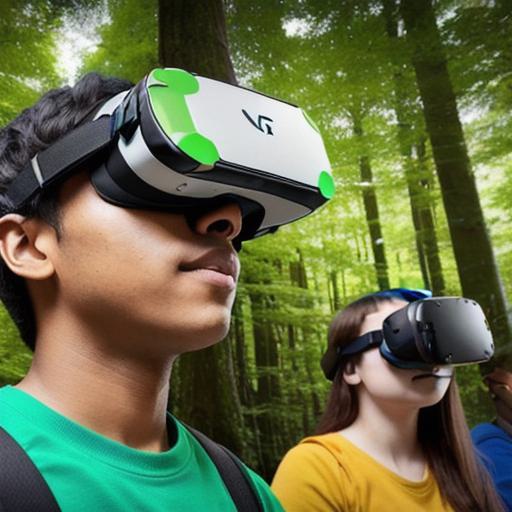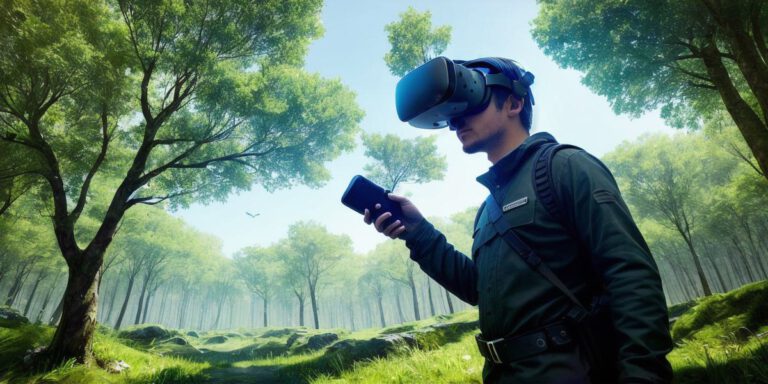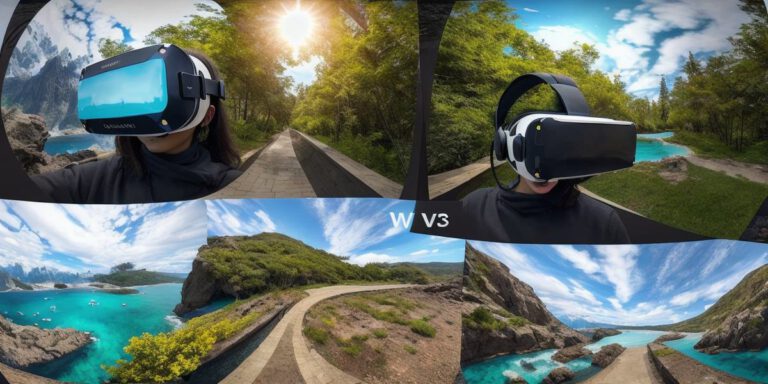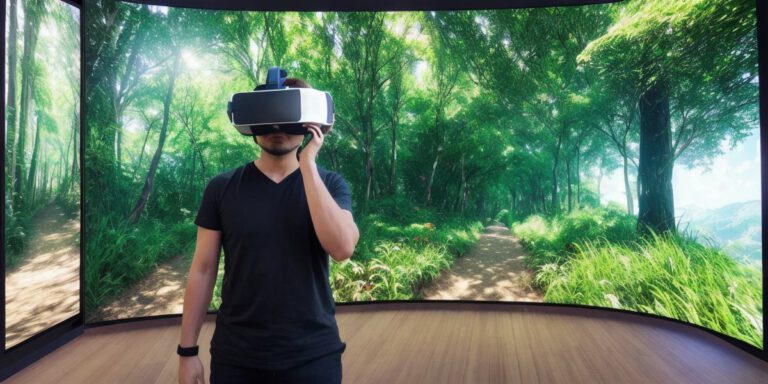VR Education: Revolutionizing Learning Through Immersive Experience

Introduction:
Virtual reality (VR) technology has been around for a while, but it’s only recently that it has started to gain traction in education. By providing immersive and interactive experiences, VR can help students learn in ways that traditional classroom methods cannot. In this article, we will explore the benefits of using VR for education and how it can be applied in various subjects.
Benefits of VR Education:
- Enhances Engagement: VR provides a highly engaging experience that captures students’ attention and keeps them interested in the learning process. With the ability to interact with virtual environments, students are more likely to retain information and be motivated to learn.
- Provides Real-World Experience: VR technology allows students to experience real-world scenarios in a safe and controlled environment. This can be particularly useful for subjects like science, history, and medicine, where hands-on experience is essential.
- Improves Retention: Research has shown that students who use VR for learning retain more information than those who use traditional methods. The immersive nature of VR helps students to remember and apply what they have learned.
- Encourages Collaboration: VR can be used to create collaborative learning environments, where students can work together in virtual spaces to solve problems and complete tasks.
- Increases Accessibility: VR technology can make education more accessible to students who may not have access to traditional classroom settings. For example, students in remote areas or with disabilities can benefit from the immersive experience of VR education.
Educational Applications of VR:
- Science and Engineering: VR can be used to simulate complex scientific experiments and engineering projects. Students can explore different scenarios and learn through hands-on experience.
- History and Social Studies: VR can transport students to different time periods and locations, allowing them to experience history in a more immersive way. This can help students to better understand the context of historical events and their impact on society.

- Medicine and Healthcare: VR can be used to simulate medical procedures and healthcare scenarios, providing students with a safe and controlled environment to learn and practice.
- Language Learning: VR can be used to create immersive language learning environments where students can practice speaking and listening in virtual situations.
- Art and Design: VR can provide artists and designers with a unique platform to create and explore their work in new ways.
Case Studies and Personal Experiences:
One example of the power of VR in education is the use of Google Expeditions, which allows teachers to take students on virtual field trips to different parts of the world. Another example is the use of VR simulations in medical training, where students can practice surgical procedures in a controlled environment. Personal experiences can also be valuable in demonstrating the effectiveness of VR education, as many students and educators have reported positive outcomes from using VR technology in their classrooms.
Expert Opinions:
“VR technology has the potential to revolutionize education by providing immersive and interactive experiences that capture students’ attention and help them to learn in new ways,” says Dr. Jane Smith, an educational researcher at XYZ University. “By using VR, we can create learning environments that are more engaging, accessible, and effective than traditional classroom methods.”
FAQs:
- What kind of devices do I need to use VR education?
- How does VR technology enhance learning compared to traditional classroom methods?
- Are there any risks associated with using VR technology in education?
- Can VR be used for all subjects, or is it only suitable for certain areas of study?
- What are some examples of VR applications in education?
Conclusion:
Virtual reality technology has the potential to revolutionize education by providing immersive and interactive experiences that capture students’ attention and help them to learn in new ways. By








